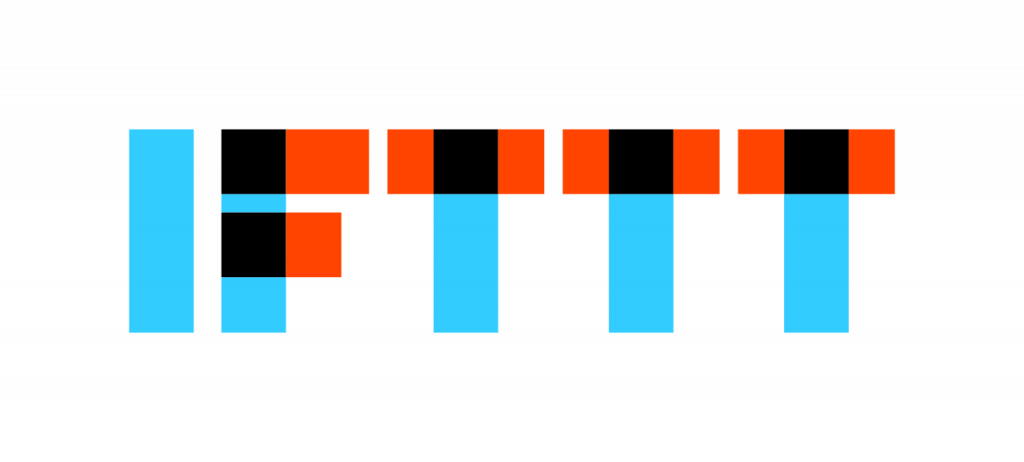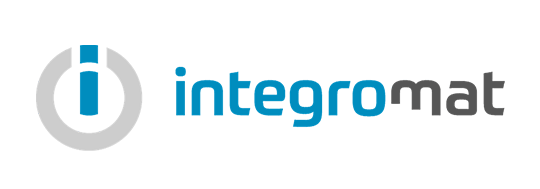Marketing online today requires passing data between a variety of tools and applications. It is to the digital marketers’ advantage to use these technologies for their aid in producing massive results for their clients. Furthermore, for the marketing automation expert, it provides an even sharper weapon to cut through the confusion of conversions by automating the compilation and delivery of said data being passed between all tools involved.
There used to be one market leader that owned this space of 3rd party data integration. That hasn’t been the case for some years now. In this Marketing Automation Report, you will learn about the industry leader and the variety of alternatives available.
Zapier is without a doubt the industry leader in 3rd party data integration. They were the first company I recall ever offering the type of service that they did. Flashback, I’ve been using ActiveCampaign so long I still have my Zapier account that came with it (for free) when I signed up as an AC user.
That speaks to their position earlier. They solved the issue most SaaS companies were plagued with as they never anticipated users wanting to integrate other applications. Zapier, at the time, saved ActiveCampaign and many others from having to dedicate development efforts to build out integrations for all the other marketing tools being used alongside theirs.
So why the need for alternatives? Besides price, some of the other options pack quite a punch by improving on areas that the leader is lacking or offering new functionality altogether. Before we jump to the competition let’s highlight some of the top features Zapier offers.
- Industry leader. They’ve been around long enough for you not to have to worry about if the company will fold or if your data is safe.
- Integrations. They have the most integrations on the market. Zapier is often a new application’s first stop before even building out native integrations of their own. A common question in the automated marketing community with any tool is “does it have a Zapier integration?”.
- Partner program. It’s becoming increasingly harder to find good help online for marketing. Their partner program serves as a good starting point at finding an agency or professional that has the skills to help you and your business.
You must also be watchful of what’s listed below as no application is perfect.
- Pricing. Gone are the days with competitive pricing. Zapier knows its value and is priced in a way that forces you to grow your business in order to get the most out of their platform.
- Cost of a zap. As you upgrade further into the plans they give you more features like conditional logic and multiple steps. These are extremely powerful but can also run your monthly zap allowance up pretty quickly. Probably one of the reasons they’re only offered at the higher-priced plans that provide more monthly zaps.
IFTTT (If This Then That) uses “Applets’ instead of zaps. They go beyond the basic marketing software and can also help you with automating physical electronics within your household or office. A lot of users leaned towards IFTTT for this type of automation early and since then they have done a good job at expanding their applet library to be more inclusive of marketing software.
Here are a few things IFTTT gets right:
- Pricing. At the time of writing this article, you pay $3.33/mo for a Pro account (that’s 83% cheaper than Zapier’s lowest tier)
- External automation. They do a really good job at integrating physical devices and not just software.
- Developer friendly. This is the most technical of all alternatives. So if you have a developer on your team and need a custom app built to integrate your software it’s probably more easily done with IFTTT.
However, be sure to look out for the following:
- Not just for marketers. Though they can do a lot of integration between marketing apps, it is not why they exist. If you need more features around automating marketing functions within and between marketing software there are better alternatives.
Integromat has the least amount of total apps they integrate with but definitely provides the most visually appealing option of them all. If all of the tools you use for your marketing stack are available with Integromat, it may be the best option for you. They’ve been around for a while and offer enterprise pricing to confirm they won’t be going away anytime soon.
Here are a few things Integromat gets right:
- Pricing. Their free plan provides more capabilities than Zapier’s lowest-paid plan. They do, however, charge for data transfer so be mindful of that.
- Visual display. Did I mention they provide a visually appealing display of your scenario? Well, they do, and it’s nicely done.
- Additional functions. Aggregators, iterators, functions, formulas, and other utility functions allow you to execute on the data being passed.
- Retroactive data. Had to throw in a bonus here as the functionality to pull in data that has been previously collected is a really good one and unique to this tool.
However, be sure to look out for the following:
- Not straightforward. You’re going to need an evening with wine, music, and a bunch of snacks to learn how to use Integromat. It’s not as straightforward as Zapier and uses a lot of technical descriptors for the features. If you’re a nerd, you’ll love it. If not, you may want to look elsewhere or hire someone to take care of using this tool for you.
Pabbly Connect was brought to my attention by Kay Peacey from the Marketing Automation Collective Facebook group. I instantly tried it out and was pleasantly surprised. It has functionality similar to Zapier and additional features similar to Integromat. They are a highly responsive team of developers that are really good at solving issues as they arise.
- Pricing. They currently have a lifetime pricing option that gives you 10,000 monthly tasks for a one-time payment. Their subscription plans also offer more than Zapier for the price.
- Free triggers and actions. Unlike Zapier that charges for every action within a zap, Pabbly doesn’t charge you for start triggers, formatters, routers, filters, and many other actions they provide natively. This helps keep your monthly task count low and get the most out of the monthly tasks you have.
- Easy to use. For some reason, it is easier, for me, to setup a Pabbly workflow than it is for me in Zapier (and I’m a long time user of Zapier). Can’t put my finger on it but it’s a “lighter” application with fewer clicks required to set up what you need.
However, be sure to look out for the following:
- Webhook reliant. They heavily rely on webhooks for a lot of their apps. This isn’t all bad but it would be nice to see more native integrations as it makes it easier for the user to configure and you have more control over the data being received. However, for Gravity Form users the data received from a webhook to Pabbly is practically useless. If you’re a heavy Gravity Forms user I would NOT recommend this tool.
Closing Notes
These are just a few alternatives available on the market and I don’t foresee options slowing down anytime soon. Hopefully, this provides enough insight to help you decide on which tools to use to integrate your marketing stack software.If you're using a 3rd party data integration tool that you love please share in the comments below as we'd love to know!




